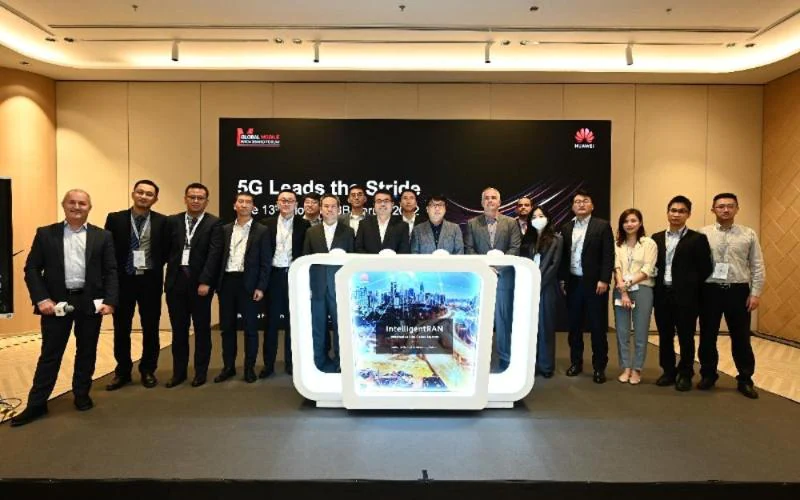Huawei released the wireless intelligent solutions (i-series solutions) based on the IntelligentRAN architecture. The i-series solutions are brand new intelligent solutions for multiple scenarios, including iFaultCare, iPowerStar, iHashBAND, and 5GtoX Suite. They inject intelligence into wireless network services, experience, and O&M, helping operators achieve intelligent service operations, intelligent network optimization, and intelligent and simplified O&M, and speeding up the evolution to wireless autonomous networks.

The iFaultCare solution introduces the prediction capability to network O&M, helping operators shift from responsive O&M to proactive O&M. This solution focuses on network fault scenarios and predicts potential problems and risks through intelligent analysis and modeling, contributing to a 22% decrease in cell service interruption time.
The iPowerStar solution uses intelligent algorithms to achieve “one site, one policy” by managing energy saving in time, space, frequency, and power domains while ensuring stable network performance. It also empowers multi-objective optimization for energy saving, helping operators build networks by striking the optimal balance between performance and energy consumption. Compared with traditional energy saving solutions, which provide around 15% energy savings, iPowerStar provides energy savings of 30%.
The iHashBAND intelligent multi-band solution, against the backdrop of evolution to full-band 5G deployment, adheres to the concept of multi-band convergence on one network and incorporates the virtual grid-based network prediction capability for smart carrier selection and carrier aggregation. It unleashes the potential of multi-band networks and greatly improves uplink and downlink user experience in multi-service scenarios. Compared with traditional solutions, iHashBAND improves average user experience by 30% without changing spectrum resources or hardware.
5GtoX Suite solution integrates intelligence into toC, toH, and toB services, enabling more agile service rollouts and a more stable service experience. It extends simulation from traditional coverage-oriented single-dimensional simulation to SLA-oriented (latency, rate, and capacity) multi-dimensional simulation, substantially improving simulation planning accuracy and reducing planning costs by 80%.


